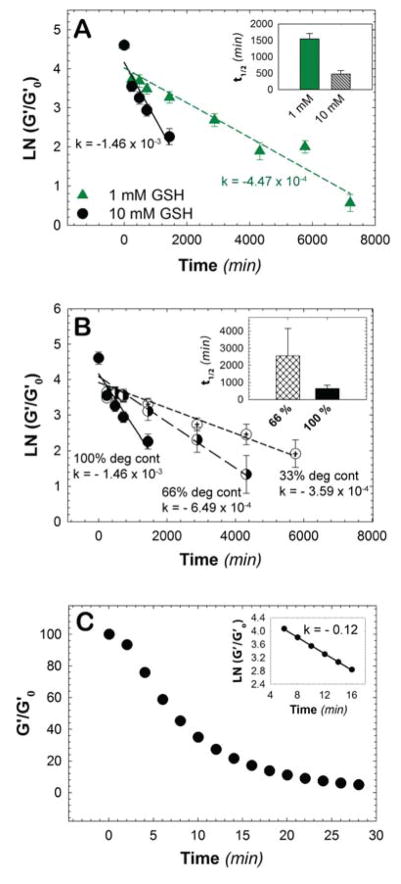Fig. 2. Stimuli-responsive hydrogel degradation.
A) The rate of hydrogel degradation was found to be responsive to glutathione (GSH) concentration. In a high reducing microenvironment (10 mM), like that found intracellularly, the rate of degradation was an order of magnitude faster when compared to a lower reducing microenvironment (1 mM) like that within carcinoma tissues, indicating the promise of this approach for reducing-microenvironment sensitive therapeutic release. The degradation half-lives of hydrogels exposed to different concentrations of GSH were found to be 474 minutes and 1550 minutes for high and low concentrations of GSH, respectively. B) Using different ratios of alkyl to aryl thiols, the number of degradable crosslinks was varied between 33% to 100%, which in turn controlled the rate of bulk hydrogel degradation. The degradation half-life was found to be approximately 2550 minutes and 635 minutes for 66% and 100% degradable hydrogels, respectively; the 33% degradable hydrogel, as expected, did not undergo complete degradation. C) Photodegradable MPA-based hydrogels undergo degradation in response to externally applied light (10 mW/cm2 at 365 nm). The rate of photodegradation was evaluated in the linear region between 6 to 16 minutes, yielding a rate constant of 0.12 min−1 for photocleavage and degradation half-life of approximately 8.3 min for hydrogels irradiated with low intensity, long wavelength UV light. The data shown illustrate the mean (n ≥ 3) with error bars showing the standard error.

